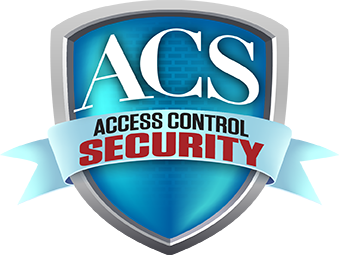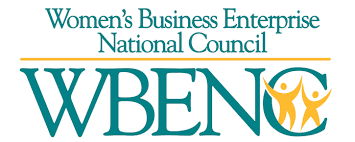
Communications (Lesson 4 of 9)
Communications Systems
An essential element of any security officer’s job will involve the ability to communicate quickly, efficiently, and in a manner that is completely and easily understood by all parties. To achieve this objective, security officers will rely upon a variety of communication devices which include:
- Two-way radios
- Telephones
- Intercoms
- Pagers
Two-way radio communication
Two-way radio communication is regulated by the Federal Communication Commission (FCC). Security officers should use proper radio etiquette when transmitting messages. Two-way radios are used for fast communication and long conversations should be avoided. If a security officer needs to speak for an extended period of time to the base operator or to another security officer, the radio should be used to notify the second person that they should switch to using a telephone instead of the radio as a means of communicating. It is important to remember that when two people are using a radio frequency to communicate with one another, no one else who is in the vicinity can use the frequency. It is critical that communications be held to a minimum and used only for essential communication.
Proper Techniques: Two-Wat Radios
When using two-way radios, security officers must follow proper techniques and should know the following:
- The operating procedure for the radio.
- The identification number of the radio unit and the base station.
- How to identify him/herself when using the radio.
- The channel to which the radio should be tuned.
- That the radio should be checked at the beginning of each shift.
- If at a fixed post, whether or not the radio should remain in the battery charger when not in use.
- Is there an adequate supply of back-up batteries?
- When earphone and microphones should be used.
- How the radio is to be carried…
- With a clip or belt
- With a holder
- Held in hand
When using a two-way radio, a security officer should hold the radio near his/her mouth and speak calmly, deliberately and in a normal tone of voice. The security officer should identify him/herself prior to making a statement or asking a question.



